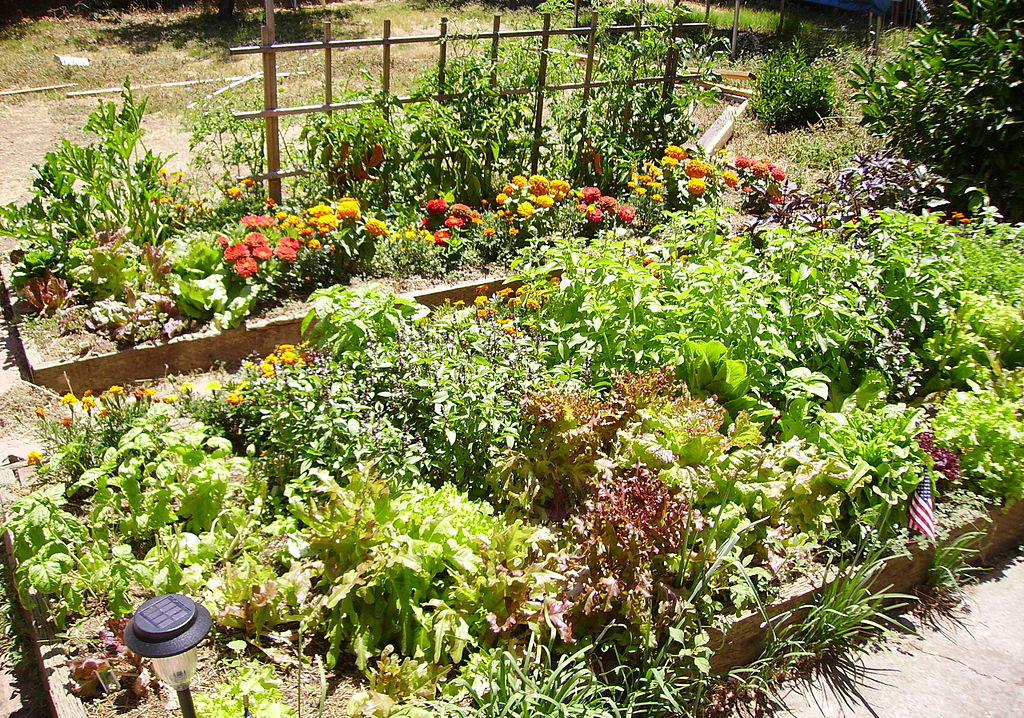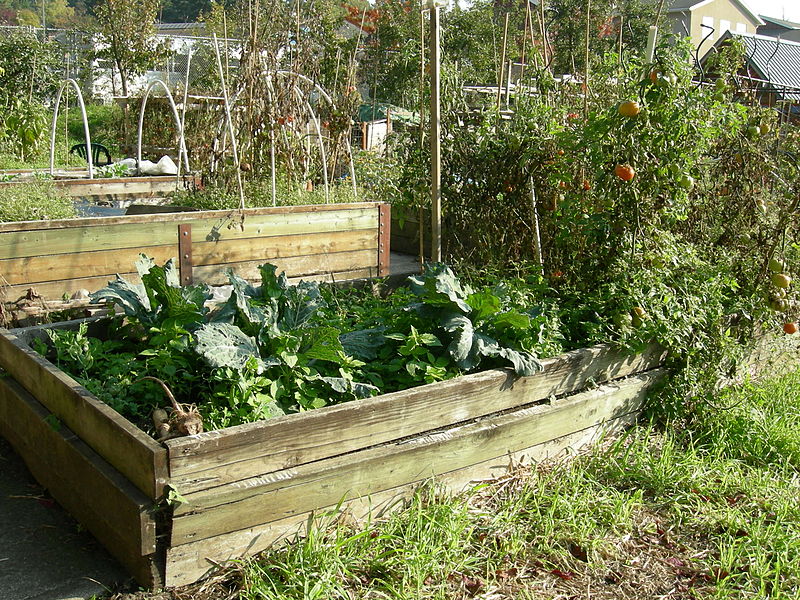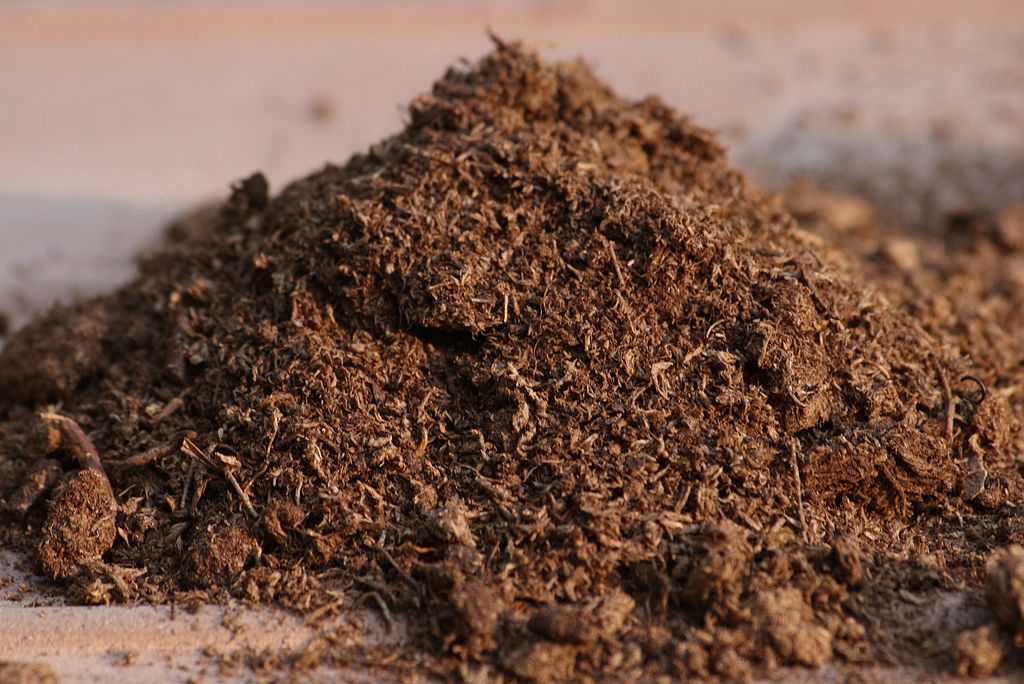Every gardener would fall in love with the idea of square foot gardening simply because of its simplicity, space-saving quality, and efficiency. Setting up your first square foot garden can be challenging at first, but once you get the hang of it, the possibilities become endless. For starters, a square foot garden requires the use of a standard 4×4 raised bed (sometimes 4×8 if you have enough space) divided into squares in a grid-like fashion where seeds can be sown and grown.
Easy, isn’t it? But, a wise gardener always asks himself: “Am I doing this right?” Well, here are some of the most common pitfalls in square foot gardening that every gardener can encounter and how to dodge them.
CHOOSING THE WRONG MATERIALS
A raised bed is crucial in square foot gardening, for it houses your soon-to-be harvests. Not to mention that it isolates and protects your plants from threats like pests, diseases, and contaminants. But did you know that choosing a wrong raised bed material can itself destroy your garden? Raised beds made of wood sometimes contain chemicals like arsenic that may repel pests and insects but also pollute and harm the soil. Most wood companies stopped using arsenic; however, after learning its destructive nature to the soil, other chemicals used in the treatment process may do the same. Thus, it is crucial to know how they were treated, especially if you have acquired the material at such a low cost.
Tip: Use pressure-treated lumber as it is arsenic-free and is significantly less expensive than other lumbers. If you are worried about pressure-treated lumber harming your soil, then you may use conventional lumbers that are naturally resistant to pests and fungus such as redwood, cedar, and cypress. It’s a little more expensive but is more durable that can last a couple of years.
GROWING ON A BAD SOIL
Bad soil means bad or no harvest at all. Choosing the best soil to grow your plants in is like the number one rule in gardening. If you plan to build your square foot garden, you also have to consider the type of soil available on your end. Mel Bartholomew, the inventor of this gardening approach, suggested the use of peat moss as an additional ingredient in your potting soil. Peat moss is a dead fibrous material formed by decomposing mosses and other living material in peat bogs. However, studies show that peat bogs emit a large amount of carbon dioxide, posing a threat to the environment. This made most gardeners choose alternatives like compost.
Tip: A good soil requires three things – organic matter, rock minerals, and living organisms. These three elements synergize to produce a healthy environment for your plants to thrive and grow.
MINDING THE WEED BARRIER
Using a weed barrier can save us a lot of stress in the future. This is because sometimes, we don’t realize how invasive weeds are until they creep and pop out our raised beds. Using a ground cloth may block those weeds, but this blockage also hinders some plants from growing further (some plants need to root much deeper). Some gardeners suggest using corrugated cardboard instead so that water drains efficiently while maintaining the soil’s moisture.
Tip: If you opt to use cardboard down your raised beds, use at least thin-layered cardboards to facilitate smooth drainage of water. If the cardboard is too thick, it hinders the water from draining properly. In turn, the water makes the cardboard wet and soggy, causing it to rot and attract diseases and bugs.
IGNORING COMPANION PLANTING
One of the square foot gardening features is companion planting – a planting technique where plants are mix-and-matched together to produce a positive effect. Monoculture is a no-no in square foot gardening as planting the same breed or variety of plants together on the same soil invites more bugs and diseases. Simply ignoring this strategy can destroy your project.
Tip: Secure a list of plants that complement each other. There are phone apps that can help you with this. Using companion planting as a guide can do magic in your garden as you don’t need to use fertilizers and pesticides anymore (these can instead harm your soil anyway).
BAD POSITIONING
Square foot gardens are designed so that you can access all of the plants on the grid. Positioning it negates this good aspect. For instance, if you have positioned your raised beds along the corners of your backyard or parallel to your fence, and weeds unexpectedly start to pop out from the sides, it will be hard for you to deal with it because the space is too shallow your hands won’t fit.
Tip: Before even starting your square foot garden, plan it out: use a sheet of paper to plot where you can efficiently place your raised bed for ease of access in the future.
BEING COMPLACENT
Some of us think that once we have set up our square foot garden, it will be much easier to maintain it, and that is true. However, during the summer season, when everything seems to dry out more often, square-foot gardeners must be keen on keeping the raised beds hydrated. Square foot gardens need constant moisture, and so, frequent watering is advised. There are also times that we may not be present to water our plants ourselves, and there are times when we even forget about it!
Tip: Employing the use of a drip irrigation system allows you to take care of your plants even when you’re not there. This drip irrigation system can be a set of small-diameter tubes with drip-emitter heads that deliver water to each individual plant. The system will help you a lot, but at the end of the day, we must be observant about our garden’s condition so that we can apply the most appropriate strategy on how to act should problems arise.



